La Terre Integral Center
Deep ecology workshops, vision quests, and art classes in the forests of Hancock County: Meet James and Peggy Inabinet.
- story and photos by Ana Balka
For the past three years James and Peggy Inabinet have hosted Walk in the Woods, a holiday sale event featuring a handful of local artists and pieces of their work for sale, as well as demonstrations in various arts like pottery, weaving, and handspinning.
So one Saturday afternoon early in December a friend and I made our way to Dedeaux, northeast of the Kiln. The driveway is in thick trees, and at a fork a sign bears a quote from Henry Thoreau: “I went to the woods because I wished to live deliberately.” Either direction leads to the Inabinet home, otherwise known as La Terre Integral Center, in the woods of Bayou La Terre.
Nine artists including the Inabinets (James, woven items, and Peggy, painting and clay) displayed work under a carport. A raised wooden sidewalk led to a house tucked in the trees. Several outbuildings peeked out from the forest, and paths invited exploration.
That day when I met and began talking with the Inabinets, I realized La Terre is much more than a great studio space and a home where the couple raised two now-grown daughters (one of whom, Danielle Inabinet Runnels, also had work for sale at Walk in the Woods). I talked the most with James Inabinet that day. He is above all passionate about nature, about science, about being human, and about the ability of humans to create “more naturally integrated human niches,” living in better alignment with our human potential, having more respect for the aliveness of nature, and taking better care of the environment. A big, animated guy, Inabinet is a study in enthusiasm. He uses his hands to talk and his eyes widen when he says that nature is attempting as humans do to individuate — to self realize. Humans are but one thread in nature’s web, he says, our humanness in tandem with the is-ness of all things. Squirrels, rocks, trees — each creates its own niche within the milieu, or social environment, of the whole.
Inabinet holds a Master of Arts in Earth Literacy from St. Mary-of-the-Woods College in Terre Haute, Indiana, and a PhD in Philosophy and Religion from the California Institute of Integral Studies in San Francisco. He says that before he went for his master’s and his doctorate, he was a geologist and worked in the oil and gas industry; he also said that being laid off was one of the best things that ever happened to him.
Now he teaches a science program to young students in schools throughout Mississippi and Louisiana, and gives workshops in deep ecology and facilitates vision quest retreats at the Integral Center. The 39th vision quest since 1989 will take place January 4–8, 2017. Peggy Inabinet holds art classes for young people and adults in a new studio space onsite. After teaching art in public schools for over a decade, she now focuses on deepening her own art practice — works in clay, and watercolor paintings — as well as teaching at La Terre Center. She plans to schedule drawing and painting classes this spring. More information will soon be available at the La Terre website, and a website under construction will soon showcase her own work. Around the time the Inabinets bought and then built (they built the house and outbuildings themselves) on the Bayou La Terre property in 1990, James started a series of earth literacy workshops for 5th–9th grade students at public schools in Mississippi and Louisiana. This was not long after he’d been laid off from his oil-industry job, and he sought to pass to the students his knowledge of ways people can mitigate human ecological impact on the planet. He continues teaching science courses in several area schools, encouraging students to look at their surroundings in new ways. “Now, my work is ‘what is home’: If we start thinking that the woods and the forests and the bayous and the oceans are home, we think about it differently.”
Deep ecology workshops fall under the umbrella of La Terre Institute for Community and Ecology, a joint project between Inabinet and John Clark, professor emeritus at Loyola University and author of several books on ecology and workers’ rights, and who owns and utilizes adjacent property. The La Terre Institute’s aim is to bring together a growing group of people interested in improving community and working practically on ecological concerns.
Clark leads workshops and programs at the La Terre property and in New Orleans; Inabinet also plans a series of workshops with the Institute this spring. Workshops cover a range of topics, with recent titles including “Exploring the Way and Its Power: Reading and Reflecting on the Daodejing,” and “The Practice of the Wild: Reading and Reflecting on Gary Snyder’s Nature Writing.” (See here for more on past workshops; updated website under construction.) At home on Bayou La Terre, Inabinet seeks to deepen his knowledge of human connection to the environment — the place that individuals hold within the ecosystem itself. He helps others to find that connection to the land and to explore their own human-ness with the vision quest workshops. In indigenous societies, Dr. Inabinet explains in workshop literature, vision quest “was enacted as a self-defining experience, a rite of passage that initiated and propelled a life-long journey along a path to articulate and become that person one already is.”
The wooded site, bordered as it is by the winding water of Bayou La Terre, provides a natural setting with separation from external, mundane influences and facilitates the “discernment and development of relationships between . . . self and world,” helping participants to turn the gaze within and develop a deeper awareness of individual potential and a heart-guided path.
Tate Thriffily, an ecologist with the De Soto National Forest, did his first vision quest at La Terre at age 16 in 1991, took a couple more later in the ’90s, and served as an assisting staff member several times in more recent years. While he was interested in the natural world before his first vision quest, he knows that new perspectives he gained on natural systems from vision quests impacted his life’s path. “Looking back now I can see it was a beginning of a journey that was going to last the rest of my life,” Thriffily says. “I learned to trust feelings and intuition rather than letting someone else tell me what to do or be. It helped me to let go of things, and to better accept and adapt to change. It helped me to relax into moments enough to be present to myself. “When the mental chatter winds down it opens a lot of space, and when that space is open you never know what you might find.” Tate pauses, his careful approach to speaking evident as it has been throughout our conversation. “I got a glimpse into who I might actually be. I’m still learning.” Vision quest retreats can accommodate up to eight participants. For the upcoming retreat, participants will arrive at La Terre on January 4th and begin by constructing individual shelters with building supplies the center provides. (Participants receive an equipment list with more specifics for the whole retreat upon registration.) All meals are provided and eaten together as a group; the retreat culminates with a 40–hour fast and a nightlong vision quest that each participant spends in (supervised) solitude in the woods. The center’s very name, La Terre, means “the earth.” People seeking fuller understanding of the human experience within nature, a deeper understanding of philosophies and myths around the earthly experience, and collaboration with nature while striving to express one’s humanity can gain tools here to forge a more meaningful path forward. To contact James Inabinet about January’s vision quest or future vision quests at La Terre Integral Center, email [email protected]. See also the La Terre Institute for Community and Ecology’s public group on Facebook for more on that organization and its upcoming workshops. Comments are closed.
|
Categories
All
Archives
July 2024
|
Shoofly Magazine Partners
Our Shoofly Partners are local businesses and organizations who share our mission to enrich community life in Bay St. Louis, Waveland, Diamondhead and Pass Christian. These are limited in number to maximize visibility. Email us now to become a Shoofly Partner!

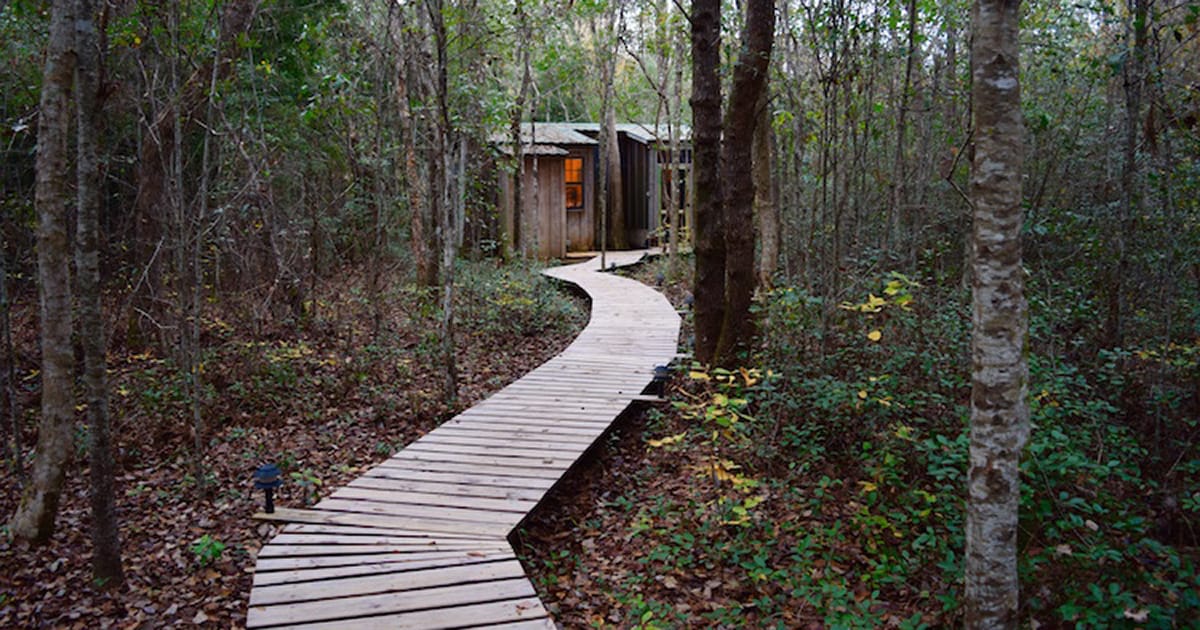
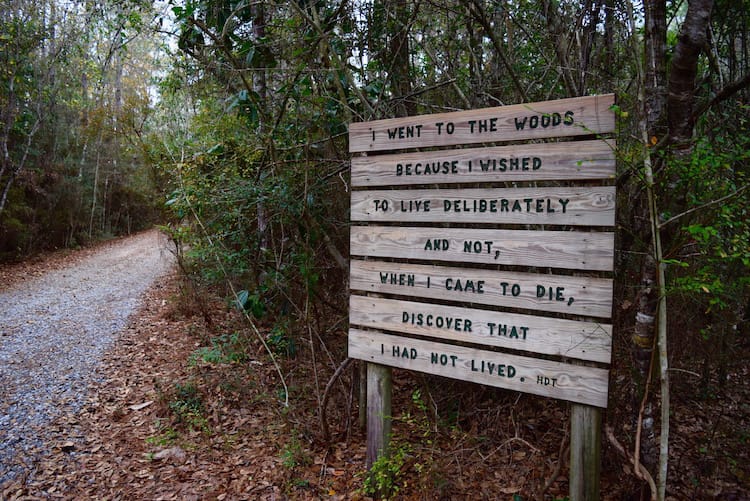
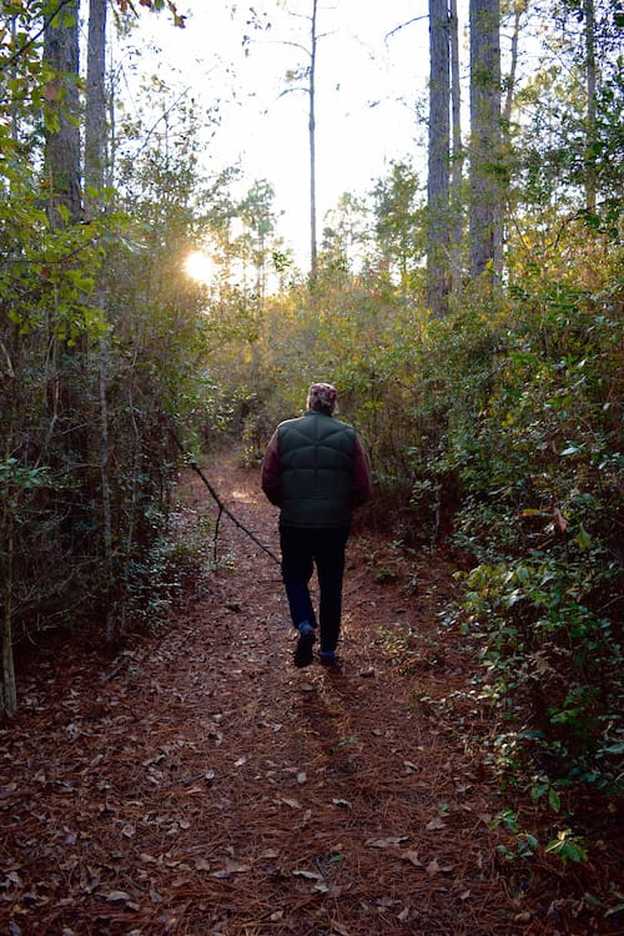
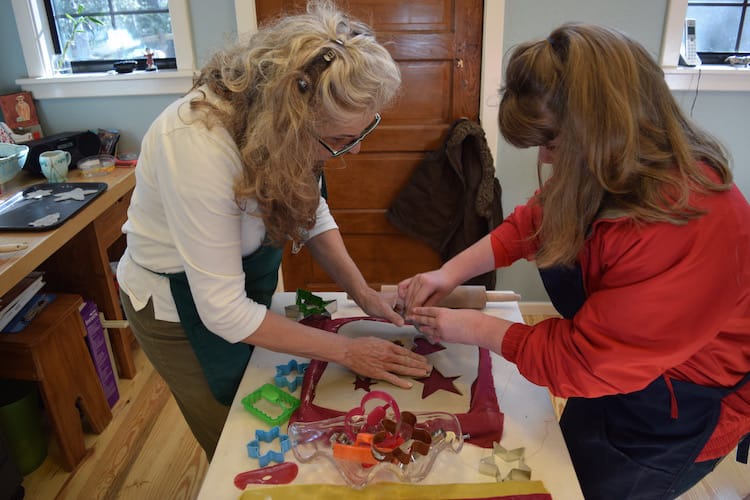
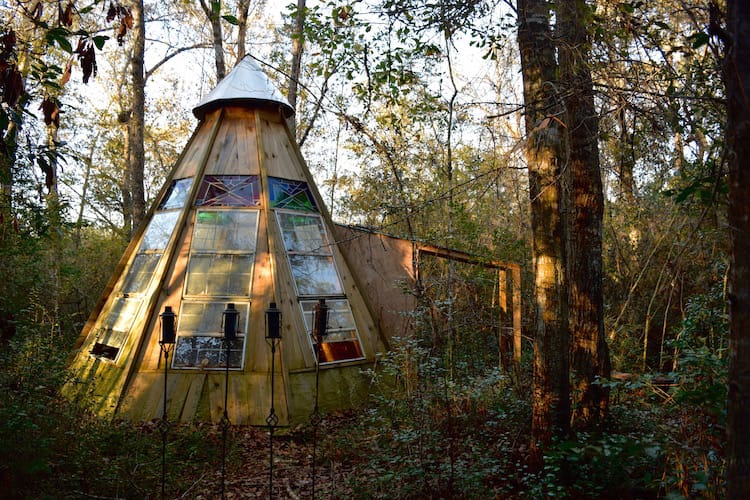
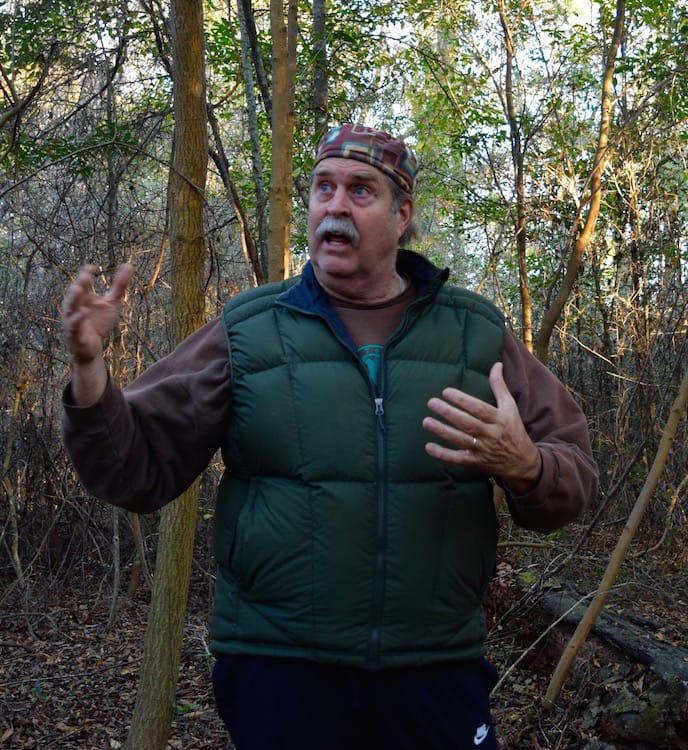
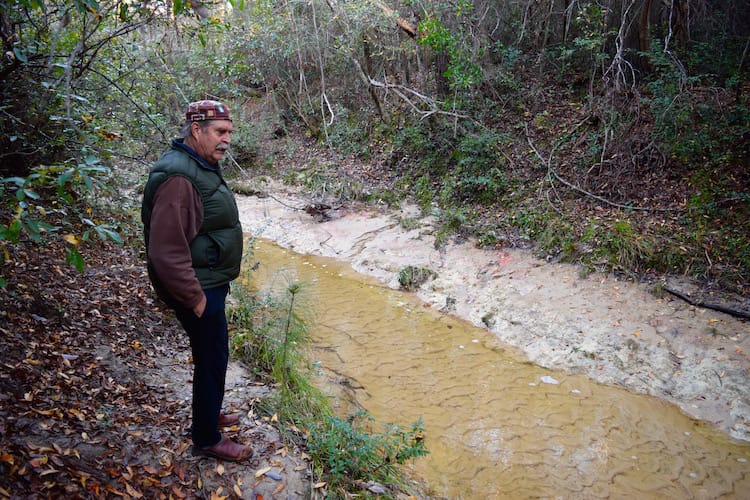

























 RSS Feed
RSS Feed























